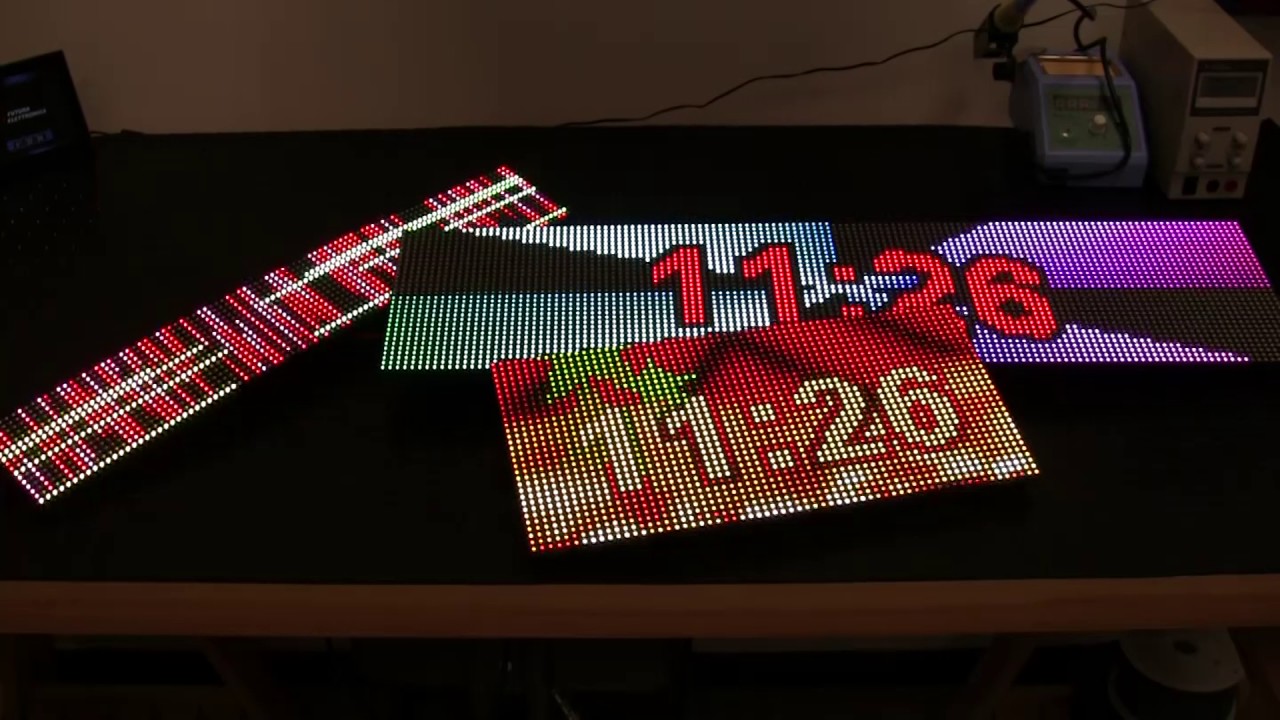
This flasher/beacon circuit can be employed as a distress signal on highways, a direction pointer for parking lots, hospitals, and hotels, etc. The circuit uses a power LED, and provides more light than a typical incandescent lamp flasher. Use of a 6 V or 12 V SLA lantern battery makes the circuit portable.
The heart of the circuit is an MC34063 monolithic switching regulator subsystem, originally intended for use in DC-DC converters (Figure 1). This device contains a voltage reference, comparator, controlled duty cycle oscillator with an active peak current limit circuit, driver, and a high current output switch, all in an 8-pin DIP.

The circuit briefly flashes a 1 W power LED from a 6 V to 12 V DC supply – at about 5% duty-cycle (Figure 2). Current limiting to the LED is accomplished by monitoring the voltage drop across R1, a 1 W sense resistor placed between VCC and the output switch, pin 1.

The maximum current capability of a 1 W white LED is about 350 mA. At the beginning of a cycle, C1 starts to charge, and LED current rises rapidly, along with the drop across R1 which is monitored by the Ipk sense pin, IC1-7.
When this voltage becomes greater than 330 mV with respect to pin 6 (i.e., 330 mA), the current limit block in the IC provides additional current to charge the timing capacitor C1. This causes it to rapidly reach the upper oscillator threshold, at which point the output switch turns off and C1 discharges. Flashing rate can be altered by changing the value of C1. 100 µF gives approximately 4 Hz.
Since the LED flashes on very briefly, thermal issues are minimal and a star MCPCB is sufficient to cool the LED.
















